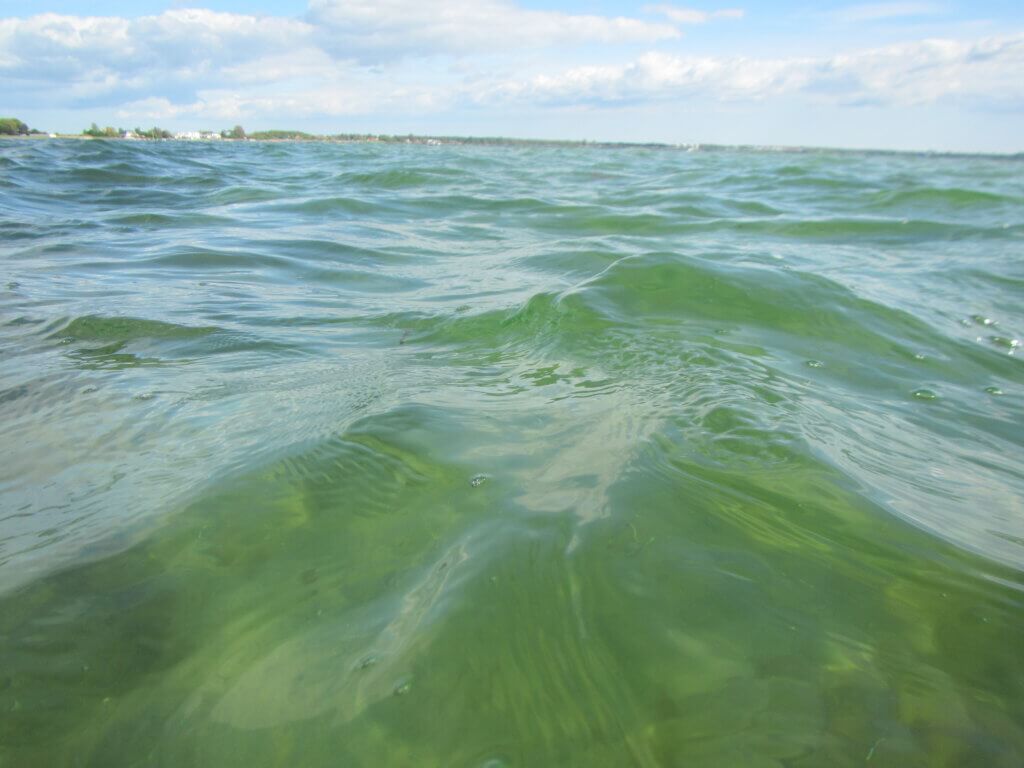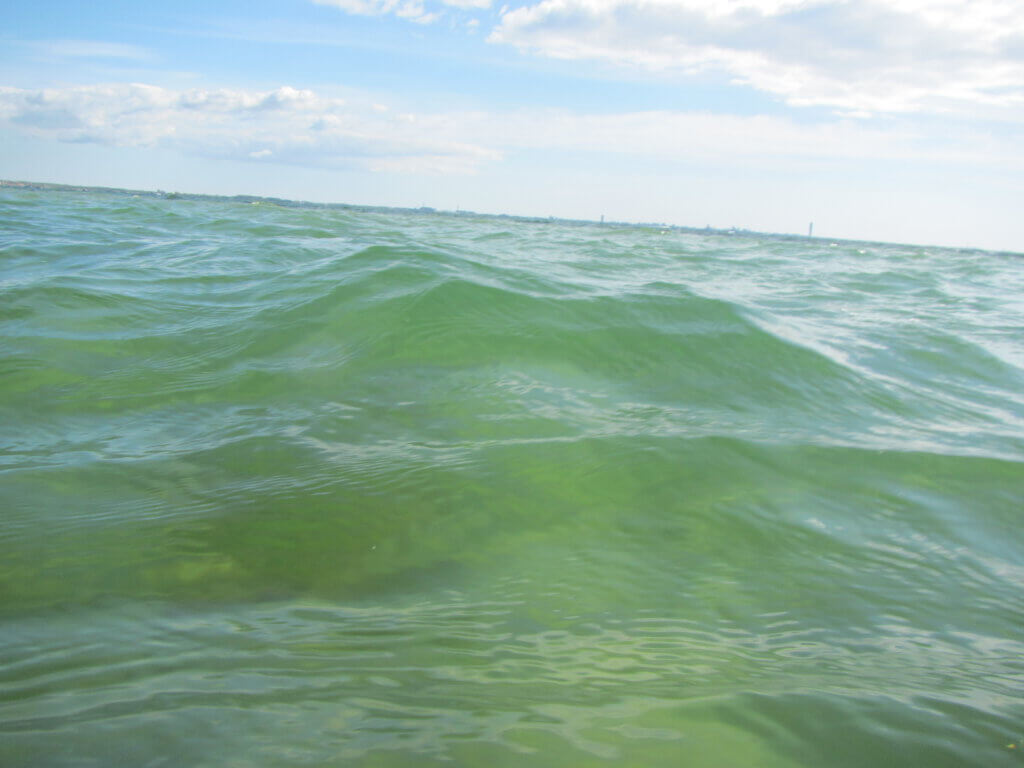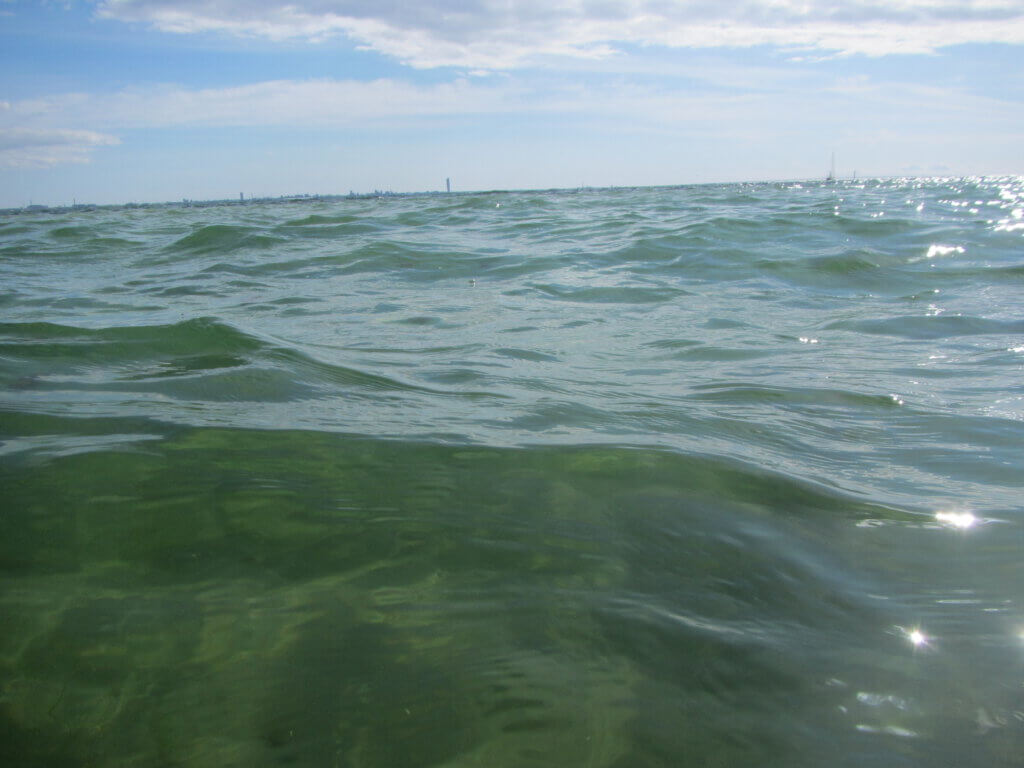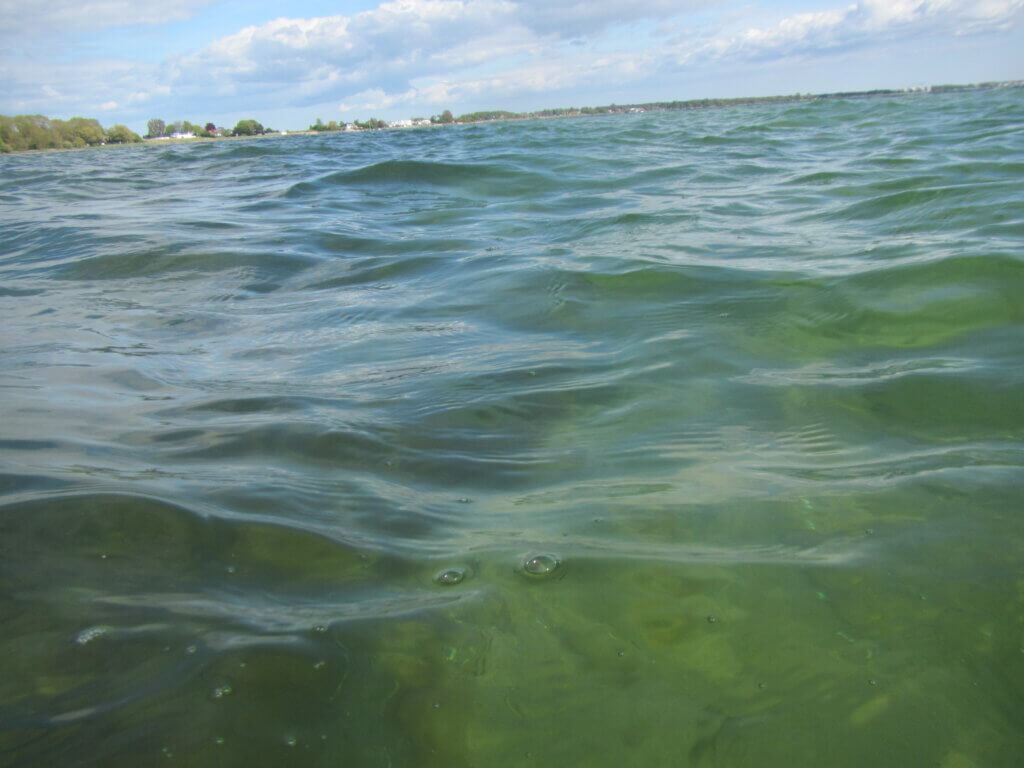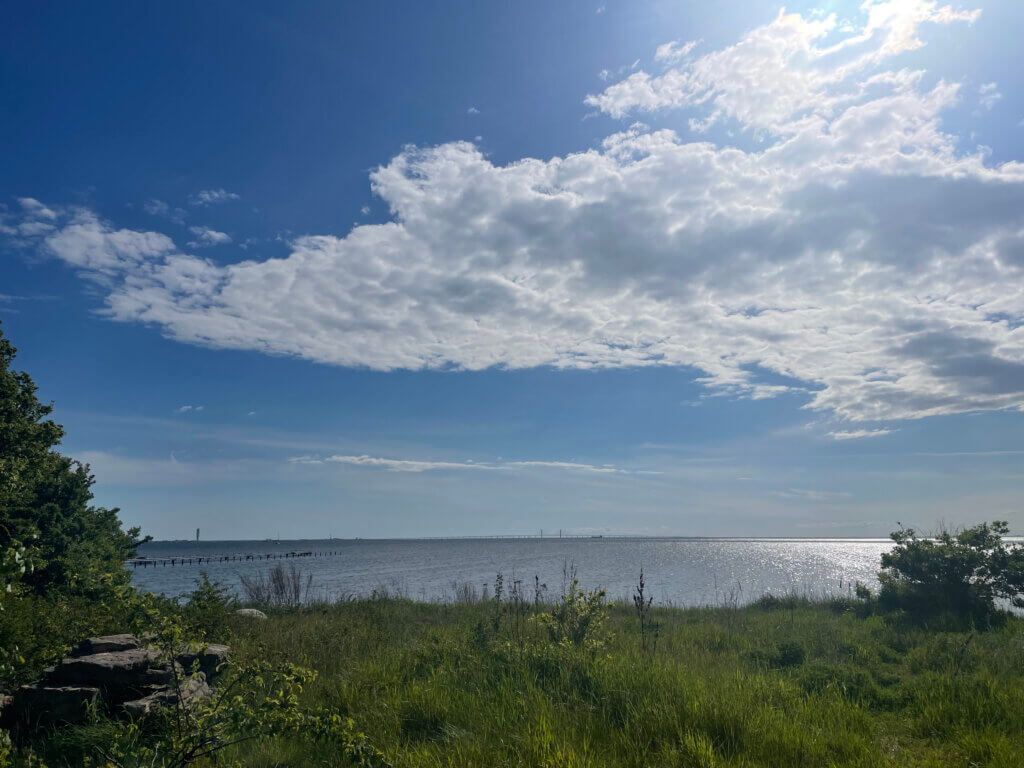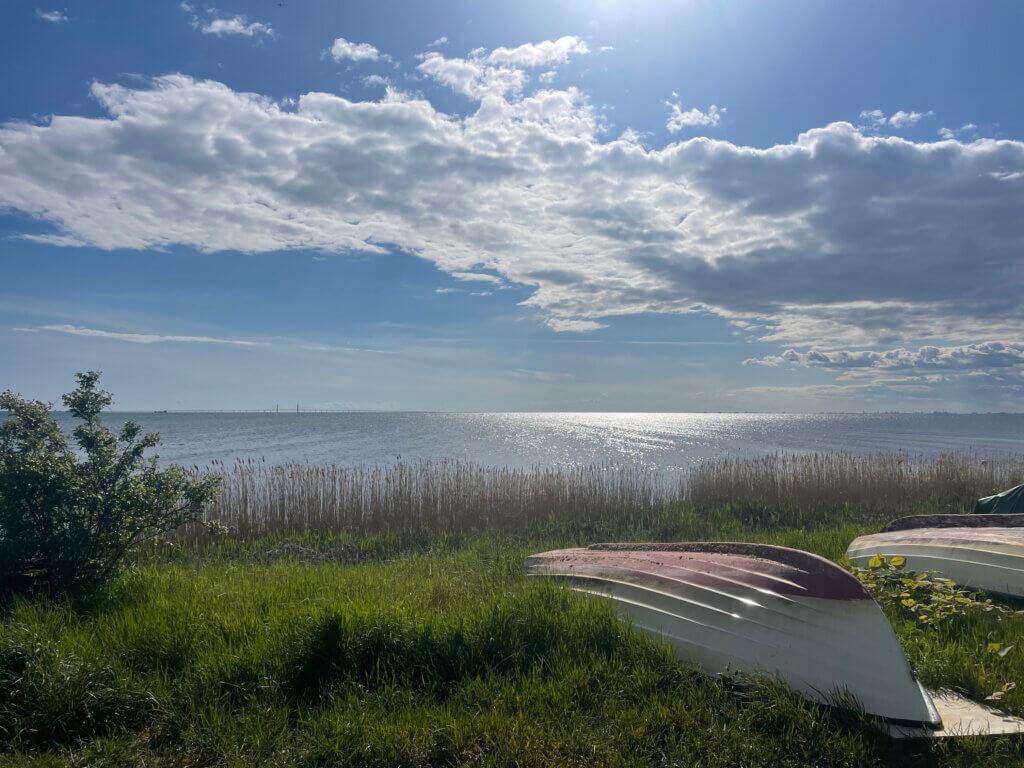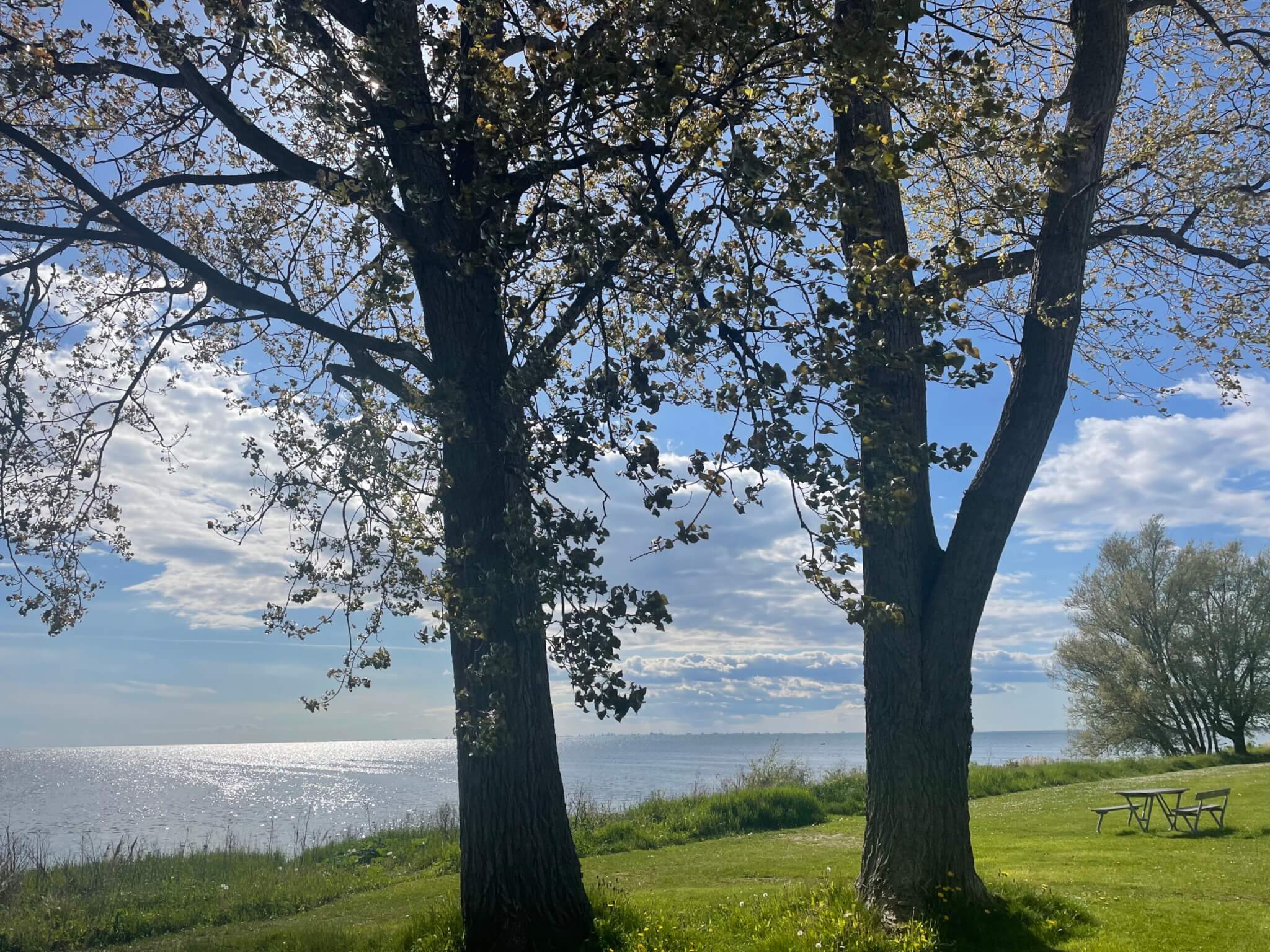
Currently reading Guthrie (2009) on “I’m curious: Can we teach curiosity?”
Teachers often talk about how they want their students to be “curious”. And what that means to them is to be asking themselves questions, but also to stay on track investigating them until they have found an answer, by which time they have probably at least a dozen new questions that they now also pursue. I can very much relate to both that feeling of curiosity and having to figure something out and then the next thing and the next, and I also don’t know how to describe this well enough to figure out what that means for teaching. And it turns out, the literature is also not very clear on that.
But luckily, in “I’m curious: Can we teach curiosity?”, Guthrie (2009) investigates the available literature. In that case from the perspective of training negotiators in legal education where it is really about finding the motivation to listen to someone very closely even though one might not be interested, but below I am tweaking the examples to fit a more general teaching context.
But first: The literature distinguishes between “dispositional” curiosity and “situational” curiosity. Dispositional curiosity is assumed to be an individual “trait”, so not something a teacher can influence. Situational curiosity, on the other hand, is the “state” or “task” curiosity that depends on the actual situation. So here teachers — and students themselves — can influence their curiosity!
Generally, people seem to be more curious when they are in a good mood, when working in teams, and when the task are new and challenging, but still do-able. Relatedness and competence are also key ingredients of intrinsic motivation according to self-determination theory, so we are already trying to create conditions where those are experienced. But for curiosity specifically, there seem to be three useful strategies:
- Challenge strategy: This is about making something more interesting by setting goals for yourself, for example to listen closely, or taking good notes, or to improve a specific skill. To help students with this strategy, teachers could encourage students to set goals and even suggest specific goals or challenges, and ask about how it went afterwards.
- Purpose strategy: Here, this is on focussing on why you should be doing something, e.g. to pass a test, to avoid having to re-read at home, to be able to update a friend who missed a session, be able to do something else with it later. Teachers can encourage students to identify their own why (ideally in writing — good way also to set intentions!) and follow up on it.
- Variety strategy: Approaching the task in different ways, e.g. by making sure to come up with questions, or taking visual notes, or reporting on something minute-paper style. Or by challenging yourself to find an example of a specific concept in real life, or a specific context, or come up with an application. To help with this strategy, teachers can acknowledge that they themselves are also not constantly curious, and share their own strategies.
All of these seem like easy strategies to just keep up my sleeve for next time I need them for myself or to share! While it is really about creating situational curiosity initially, maybe this is a case where, similar to how motivation can transform from extrinsic to intrinsic, students can just get into the habit of using the strategies until they are (almost?) always curious because those habits have become second nature to them? Worth a try!
In other news: Here are some pictures from Wednesday’s dip. Enjoy!
Doesn’t the water look inviting? It is also really not cold any more!
I am so fascinated by the play of light in waves. The dark sides always look so pretty!
And also interference of waves is so cool, suddenly there is one that is just so much larger than all the others, and then it is gone again.
Beautiful day!
Guthrie, C. (2009). I’m curious: Can we teach curiosity?. Rethinking negotiation teaching: Innovations for context and culture, 63-70.
